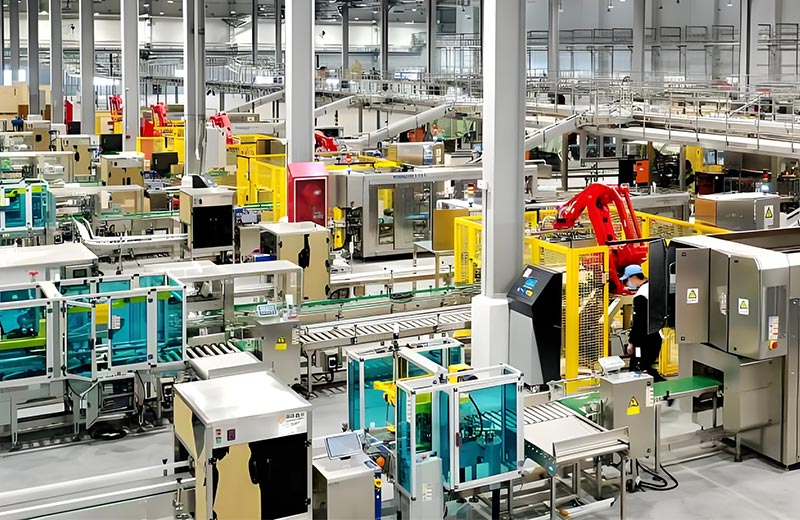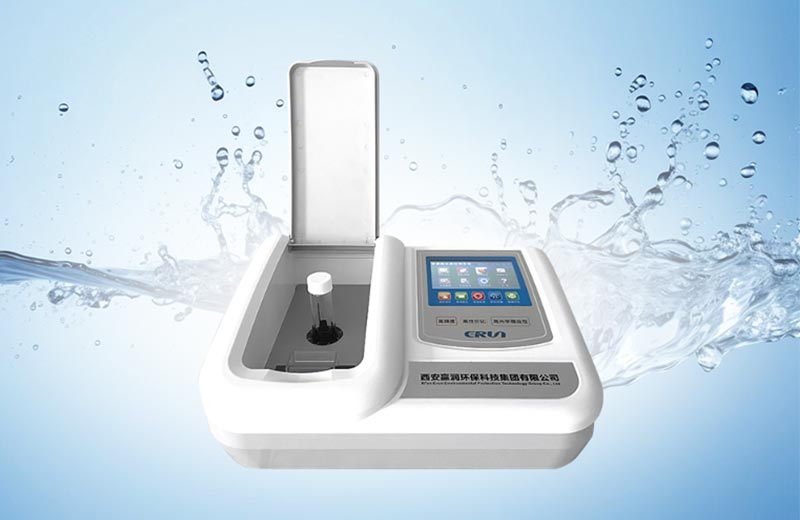Dairy plants require the use of many different types of boilers for processing and production, such as water tube boilers, thermal oil boilers, and steam boilers.Different types of boilers have their own characteristics and scope of application, choosing the right boiler can improve the efficiency of heating and processing, to protect the quality of dairy products, so it is crucial to know and understand the water quality indicators of the hot oil boiler in the dairy plant.

If the water quality is poor, it may lead to problems such as scaling and corrosion inside the boiler, which will further affect the thermal efficiency of the boiler, increase energy consumption and may even cause safety hazards.For example, fouling can lead to a decrease in heat transfer efficiency, causing the boiler to require more fuel to reach the same temperature, which increases operating costs.At the same time, corrosion can damage the boiler structure, shorten the life of the equipment, and increase the cost of repairs and replacements.
For hot oil boilers in dairies, water quality control focuses on the following areas:
1. Hardness: Calcium and magnesium ions in water are the main components of scale formation.Excessive hardness can lead to scaling inside the boiler, which affects the efficiency of heat transfer and can lead to boiler damage in severe cases.Feedwater hardness is generally required to be controlled within a certain range, the exact value of which is to be determined according to the type of boiler and instructions for use.Feed water hardness should be controlled at ≤0.03mmol/L.
2. pH: A suitable pH helps to prevent corrosion of the boiler and its piping.Typically, the pH should be maintained between neutral and weakly alkaline, again the exact range depending on the specific requirements of the boiler. According to the same standard, feedwater pH should be controlled between 7.0 and 9.0.
3. Dissolved oxygen: dissolved oxygen in water is one of the main factors causing corrosion of metals.Reducing the dissolved oxygen content in the water through deoxygenation treatment can effectively prevent corrosion of boilers and pipelines. The standard recommended dissolved oxygen content of feed water should be less than or equal to 0.1mg/L.
4. Total alkalinity: Total alkalinity reflects the ability of a water body to resist acidification.Proper total alkalinity helps maintain water stability and reduce the risk of corrosion. The standard recommends that the total alkalinity of feed water be controlled at ≤14 mmol/L.
5. Turbidity: turbidity is the degree of turbidity caused by suspended substances in the water, high turbidity water may clog the pipeline or affect the efficiency of heat exchange.Feedwater turbidity should be controlled at ≤5 NTU.
6. Chlorine and other harmful ions: The presence of these ions may aggravate the corrosion of metallic materials, especially parts made of stainless steel. The standard recommends that the chlorine ion content of feed water be controlled at ≤250mg/L.
Ⅲ.the dairy plant hot oil boiler water quality tester
ERUN-ST7-11 boiler water quality analyzer, designed for boiler water testing in dairy plants. Its high-precision multi-parameter testing function ensures that the boiler water meets the high standards of dairy production.Real-time monitoring of key indicators such as pH, dissolved oxygen, hardness, etc. effectively prevents scale and corrosion and ensures safe and efficient boiler operation. Easy operation and accurate data provide a scientific basis for hot oil boiler water management in dairy factories, ensuring a clean production environment and excellent product quality.

Good water quality is the basis for guaranteeing long-term stable operation of hot oil boilers in dairies. Through scientific and reasonable water quality management and maintenance, not only can extend the service life of the equipment, but also significantly improve production efficiency and product quality.We hope that the above introduction can help you better understand the importance of water quality indicators of hot oil boilers in dairy factories and the corresponding management measures.